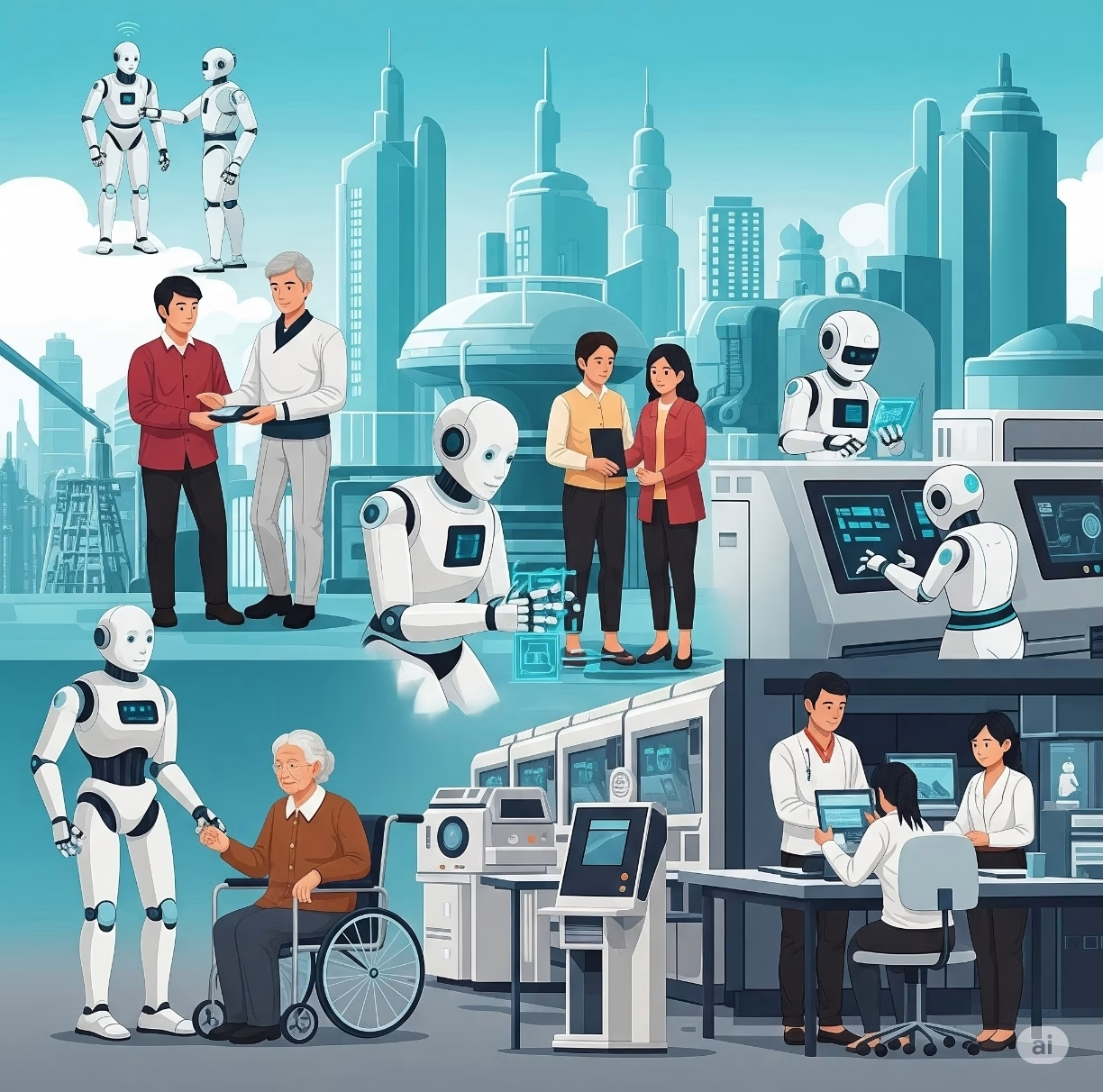Post Views: 177
The concept of robotic Olympics is not just a futuristic fantasy—it’s an exciting possibility that’s already being explored in various forms. Here’s how such an event might come to fruition and what it could entail:
1. Existing Robotic Competitions
Before diving into a full-fledged robotic Olympics, it’s worth noting that there are already several competitions that focus on robotic skills:
- RoboCup: An international competition that aims to advance the field of robotics and artificial intelligence through soccer matches and other challenges.
- FIRST Robotics Competition: A major robotics competition for high school students where teams build robots to perform specific tasks.
- DARPA Robotics Challenge: Focuses on developing robots that can perform complex tasks in disaster scenarios.
2. Vision for Robotic Olympics
A robotic Olympics could build on these existing competitions but on a larger, more inclusive scale. Here’s how it might look:
Event Categories
- Athletic Events: Just like traditional Olympics, there could be events where robots demonstrate agility, speed, strength, and endurance. For example, races, obstacle courses, or weightlifting.
- Precision Tasks: Competitions focusing on tasks that require high precision, such as assembly or intricate manipulation tasks.
- Artistic Events: Robots could compete in creative disciplines such as painting, dancing, or musical performance.
- Team Events: Similar to relay races or team sports, where coordination and collaboration among robots are key.
Technological Challenges
- Adaptability: Robots would need to adapt to various environments and tasks, showcasing versatility and advanced AI capabilities.
- Autonomy: Emphasis on autonomous decision-making and real-time problem-solving, highlighting advancements in AI and robotics.
- Interaction: Developing robots that can interact with humans or other robots in a meaningful way, showcasing advancements in communication and social robotics.
3. Practical Considerations
- Standardization: Establishing rules and standards for various robotic events to ensure fairness and consistency.
- Safety: Implementing protocols to ensure the safety of both robots and humans during competitions.
- Scalability: Designing events that can scale from local to international levels, similar to traditional Olympics.
4. Future Possibilities
- Global Participation: Teams from around the world could participate, pushing the boundaries of robotics and fostering international collaboration.
- Public Engagement: The event could captivate audiences with live demonstrations, interactive exhibits, and educational segments.
- Technological Innovation: Such an event could drive innovation in robotics technology, as teams strive to develop cutting-edge solutions to excel in competitions.
In essence, while the idea of a robotic Olympics is ambitious, it’s a logical progression given the rapid advancements in robotics and AI. The groundwork is already being laid by existing competitions and exhibitions, making it a real possibility for the future.









